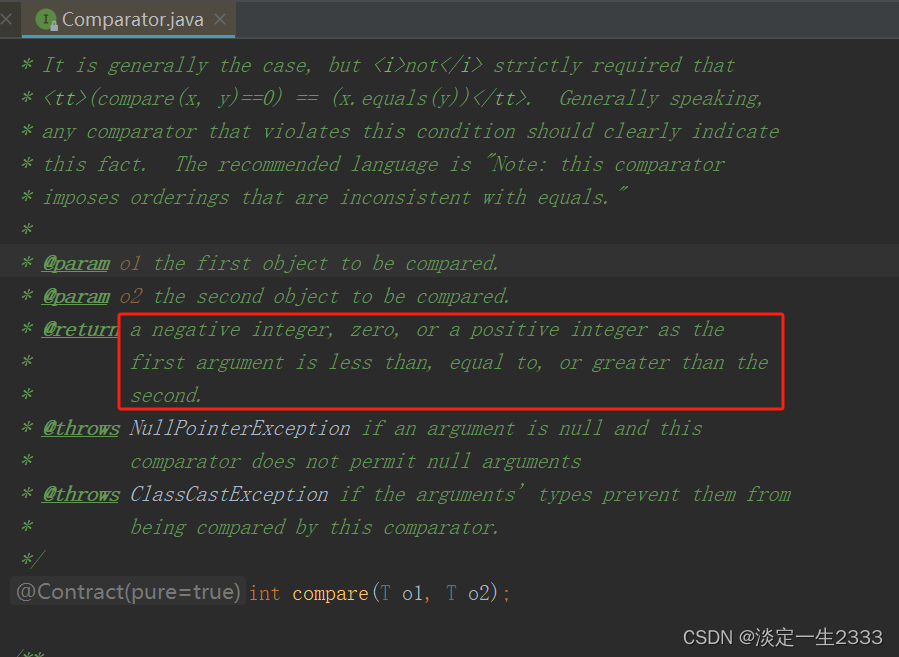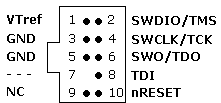🌈🌈🌈现代卷积网络实战系列 总目录
本篇文章的代码运行界面均在Pycharm中进行
本篇文章配套的代码资源已经上传
1、MNIST数据集处理、加载、网络初始化、测试函数
2、训练函数、PyTorch构建LeNet网络
3、PyTorch从零构建AlexNet训练MNIST数据集
4、PyTorch从零构建VGGNet训练MNIST数据集
5、PyTorch从零构建GoogLeNet训练MNIST数据集
6、PyTorch从零构建ResNet训练MNIST数据集
8、VGGNet
2014年,牛津大学计算机视觉组(Visual Geometry Group)和Google DeepMind公司的研究员一起研发出了新的深度卷积神经网络:VGGNet,并取得了ILSVRC2014比赛分类项目的第二名(第一名是GoogLeNet,也是同年提出的).论文下载 Very Deep Convolutional Networks for Large-Scale Image Recognition。论文主要针对卷积神经网络的深度对大规模图像集识别精度的影响,主要贡献是使用很小的卷积核(3×3)构建各种深度的卷积神经网络结构,并对这些网络结构进行了评估,最终证明16-19层的网络深度,能够取得较好的识别精度。 这也就是常用来提取图像特征的VGG-16和VGG-19。
VGG可以看成是加深版的AlexNet,整个网络由卷积层和全连接层叠加而成,和AlexNet不同的是,VGG中使用的都是小尺寸的卷积核(3×3)。
我这里使用的是VGG-16,但是又因为这个系列全部是处理MNIST数据集的,所以我这里的VGG网络只用了3个VGG块,FC也减少了很多参数。
9、VGGNet网络架构

VGGNet(
(vgg1): VGGBlock(
(conv1): Conv2d(1, 64, kernel_size=(3, 3), stride=(1, 1), padding=(1, 1))
(relu1): ReLU(inplace=True)
(conv2): Conv2d(64, 64, kernel_size=(3, 3), stride=(1, 1), padding=(1, 1))
(relu2): ReLU(inplace=True)
(conv3): Conv2d(64, 64, kernel_size=(3, 3), stride=(1, 1), padding=(1, 1))
(relu3): ReLU(inplace=True)
(maxpool1): MaxPool2d(kernel_size=3, stride=2, padding=1, dilation=1, ceil_mode=False)
)
(vgg2): VGGBlock(
(conv1): Conv2d(64, 128, kernel_size=(3, 3), stride=(1, 1), padding=(1, 1))
(relu1): ReLU(inplace=True)
(conv2): Conv2d(128, 128, kernel_size=(3, 3), stride=(1, 1), padding=(1, 1))
(relu2): ReLU(inplace=True)
(conv3): Conv2d(128, 128, kernel_size=(3, 3), stride=(1, 1), padding=(1, 1))
(relu3): ReLU(inplace=True)
(maxpool1): MaxPool2d(kernel_size=3, stride=2, padding=1, dilation=1, ceil_mode=False)
)
(vgg3): VGGBlock(
(conv1): Conv2d(128, 256, kernel_size=(3, 3), stride=(1, 1), padding=(1, 1))
(relu1): ReLU(inplace=True)
(conv2): Conv2d(256, 256, kernel_size=(3, 3), stride=(1, 1), padding=(1, 1))
(relu2): ReLU(inplace=True)
(conv3): Conv2d(256, 256, kernel_size=(3, 3), stride=(1, 1), padding=(1, 1))
(relu3): ReLU(inplace=True)
(maxpool1): MaxPool2d(kernel_size=3, stride=2, padding=1, dilation=1, ceil_mode=False)
)
(classifier): Sequential(
(0): Linear(in_features=12544, out_features=1024, bias=True)
(1): ReLU(inplace=True)
(2): Linear(in_features=1024, out_features=512, bias=True)
(3): ReLU(inplace=True)
(4): Linear(in_features=512, out_features=10, bias=True)
)
)
VGG实际上就是很简单,主要是由VGG块组成:
前两组卷积形式一样,每组都是:conv-relu-conv-relu-pool
中间三组卷积形式一样,每组都是:conv-relu-conv-relu-conv-relu-pool
最后分类的三个全连接层:fc-relu-dropout-fc-relu-dropout-fc-softmax
10、PyTorch构建VGGBlock
class VGGBlock(nn.Module):
def __init__(self, in_channel, out_channel, num_conv):
super(VGGBlock, self).__init__()
self.num_conv = num_conv
self.conv1 = nn.Conv2d(in_channel, out_channel, kernel_size=3, stride=1, padding=1)
self.relu1 = nn.ReLU(inplace=True)
self.conv2 = nn.Conv2d(out_channel, out_channel, kernel_size=3, stride=1, padding=1)
self.relu2 = nn.ReLU(inplace=True)
self.conv3 = nn.Conv2d(out_channel, out_channel, kernel_size=3, stride=1, padding=1)
self.relu3 = nn.ReLU(inplace=True)
self.maxpool1 = nn.MaxPool2d(3, stride=2, padding=1)
def forward(self, x):
x = self.relu1(self.conv1(x))
x = self.relu2(self.conv2(x))
if self.num_conv==3:
x = self.relu3(self.conv3(x))
else:
x = self.maxpool1(x)
return x
11、PyTorch构建VGGNet
class VGGNet(nn.Module):
def __init__(self, num_classes):
super(VGGNet, self).__init__()
self.vgg1 = VGGBlock(1,64,2)
self.vgg2 = VGGBlock(64,128,2)
self.vgg3 = VGGBlock(128,256,3)
self.classifier = nn.Sequential(
nn.Linear(256 * 7 * 7, 1024),
nn.ReLU(inplace=True),
nn.Linear(1024, 512),
nn.ReLU(inplace=True),
nn.Linear(512, num_classes)
)
def forward(self, x):
x = self.vgg1(x)
x = self.vgg2(x)
x = self.vgg3(x)
x = x.reshape(x.shape[0], -1)
x = self.classifier(x)
return x
D:\conda\envs\pytorch\python.exe A:\0_MNIST\train.py
Reading data…
train_data: (60000, 28, 28) train_label (60000,)
test_data: (10000, 28, 28) test_label (10000,)
Initialize neural network
test loss 2303.1
test accuracy 10.1%
epoch step 1
training time 8.9s
training loss 204.3
test loss 39.6
test accuracy 98.8%
epoch step 2
training time 8.3s
training loss 48.8
test loss 39.7 test
accuracy 98.8%
epoch step 3
training time 8.1s
training loss 35.9
test loss 26.4
test accuracy 99.1%
Training finished
3 epoch training time 25.4s
One epoch average training time 8.5s
进程已结束,退出代码为 0



















